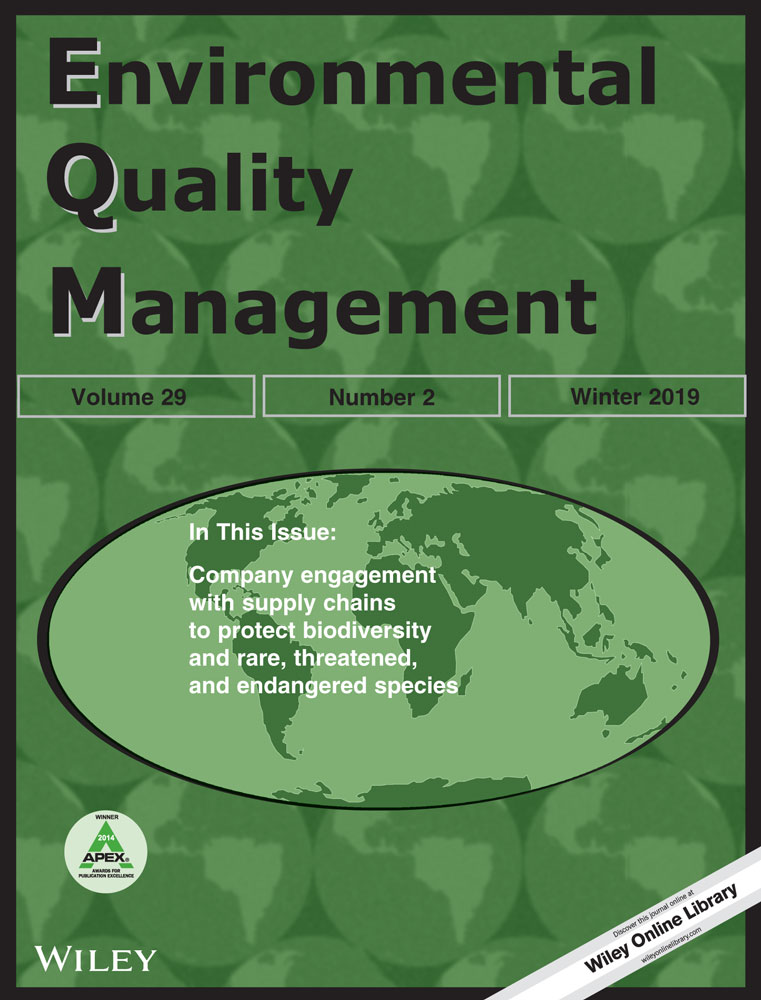Experimental investigation of groundwater contamination by surface sources: Determination of adsorption capacity, diffusion, and sorption potential of selected anions in different soils
Abstract
The present study investigated the fate and transport of two significant anions through soil to explore their potential as groundwater contaminants. The retention properties of chloride and sulfate in soils having several significantly different characteristics (soil-1 and soil-2) were determined using adsorption test and adsorption-diffusion column experiments. The maximum adsorption capacity of chloride was 3.7 and 1.16 mg/g, respectively, in soil-1 and soil-2, with organic matter (OM) content of 3.92% and 4.69%, respectively. The sulfate adsorption obtained was 24.09% and 13.83%, respectively, in the two soils. The anions exhibited monolayer adsorption in the soils with replacement of hydroxyl ions from soils as the major mechanism of adsorption. On the other hand, the adsorption capacities obtained from the adsorption-diffusion column experiment were about 100 times lower compared to that of the column tests of both of the soils. The maximum adsorption capacity of chloride was 0.03 mg/g and 0.01 mg/g, respectively, in soil-1 and soil-2, whereas that of sulfate was 0.04 mg/g and 0.03 mg/g. The empirical relation for depth of penetration (d) from a known spillage onto the soil surface was determined as a function of sorption capacity (S) and initial anion concentration (C) as d = 0.0073e(−57S)C and d = 0.0038e(−35S)C for chloride and sulfate, respectively.




